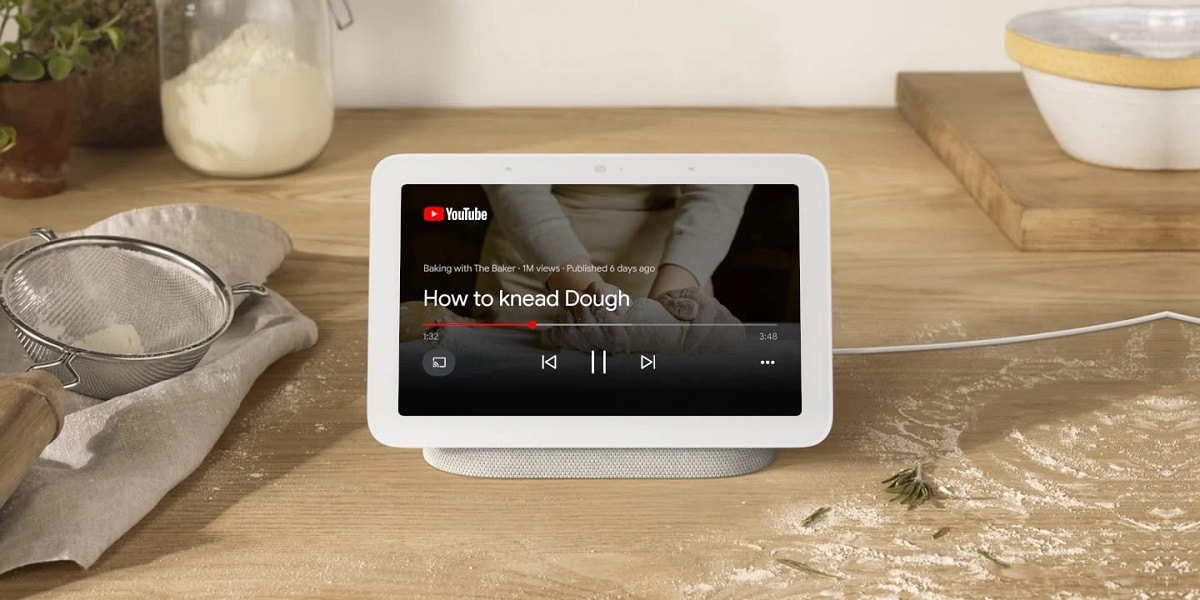
petr hosek, Google team leader responsible for build systems, compilers and development tools recently unveiled the first device to ship with the Fuchsia operating system. The fuchsia-based firmware will begin shipping to Nest Hub's smart photo frames as part of an experimental update for members of the Google Preview program.
It is mentioned that if during the test implementation there are no problems unforeseen, firmware-based Fuchsia will be applied to the devices of other Nest Hub users, who will not notice the differences, since the interface built on the basis of the Flutter framework will remain the same. Only the low-level components of the operating system will change.
Previously, Google Nest Hub devices released since 2018, which combined the functions of a photo frame, a multimedia system and an interface for smart home control, used firmware based on Cast shell and the Linux kernel.
Let us remember that within the framework of the Fuchsia project, Google has been developing a universal operating system Since 2016 it can work on any type of device, from workstations and smartphones to embedded and consumer technology. The development is carried out taking into account the experience of creating the Android platform and takes into account the shortcomings in the field of scaling and security.
The system is based on the Zircon microkernel, based on the developments of the LK project, extended for use in various classes of devices, including smartphones and personal computers. Zircon extends LK with support for shared libraries and processes, user level, object handling and security model based on capabilities. The drivers are implemented as dynamic user space libraries loaded by the devhost process and managed by the device manager (devmg, Device Manager).
For Fuchsia developed its own graphical interface written in Dart language, using the Flutter framework. The project also develops the Peridot UI framework, the Fargo package manager, the standard libc library, the Escher rendering system, the Magma Vulkan driver, the scenic composite manager, MinFS, MemFS, ThinFS (FAT in Go language ) and Blobfs file systems, as well as FVM partitions. It also allows you to create mobile applications for iOS and Android. Rendering is done by the Escher component, which works through the Vulkan graphics API.
The user environment is divided into two components: Armadillo and Armadillo User Shell. Armadillo is a portable application that can run on any Flutter-compatible platform, including Android and iOS (a demo assembly has been prepared in the form of an APK file for Android, allowing you to test the interface without installing Fuchsia). Armadillo User Shell is a link on the Armadillo application that provides tools to interact with Fuchsia services through FIDL interfaces and organize the user environment on the Fuchsia OS system components.
For application development, support for C / C ++, Dart is provided, Rust is also allowed in the system components, in the network stack: Ve and in the Python language build system.
The boot process uses the system manager, which includes appmgr to create the initial software environment, sysmgr to create the boot environment, and basemgr to configure the user environment and organize the login.
To ensure safety, an advanced sandbox isolation system is proposed, where new processes do not have access to kernel objects, cannot allocate memory, and cannot execute code, and a namespace system is used to access resources, which determines available permissions. The platform provides a framework for creating components, which are programs that run in your sandbox and that can interact with other components through IPC.